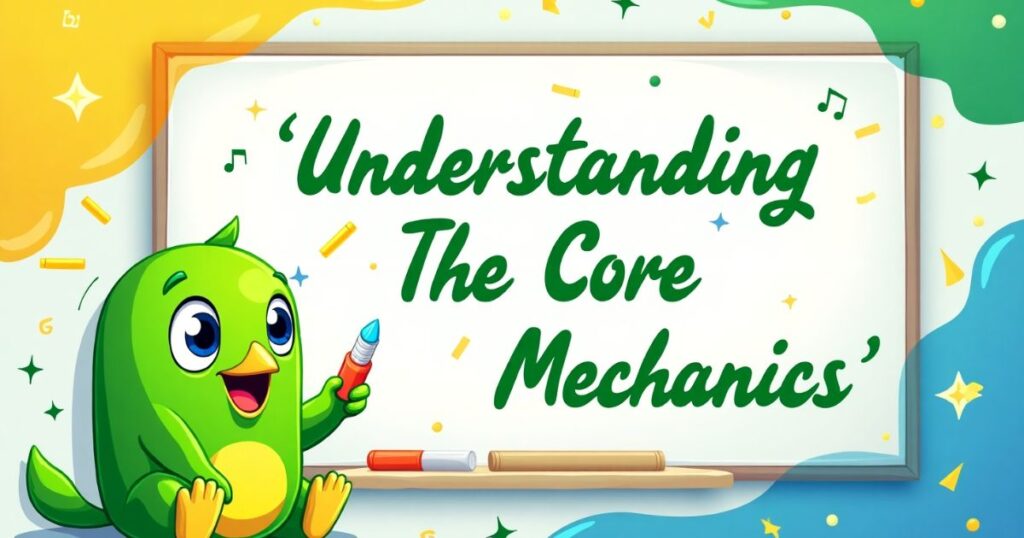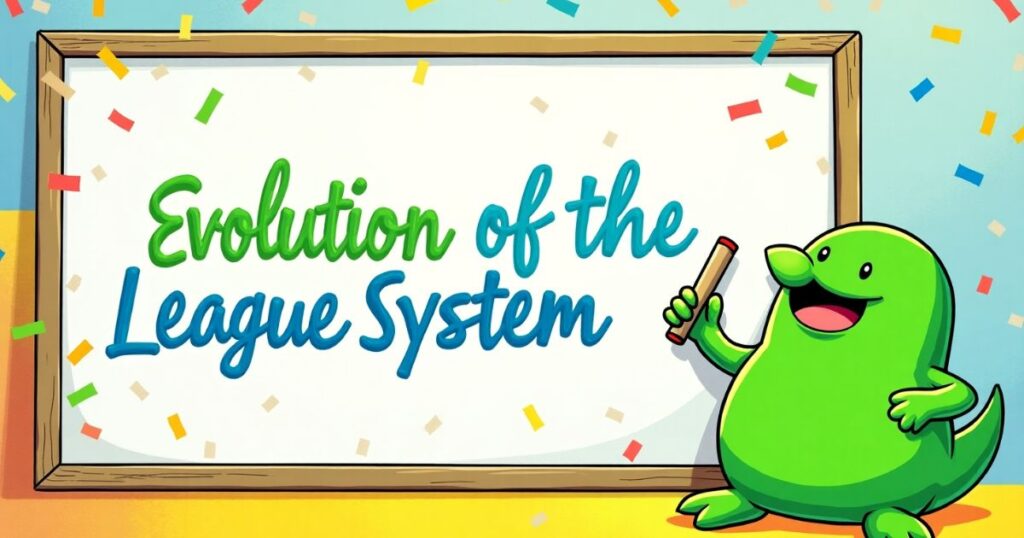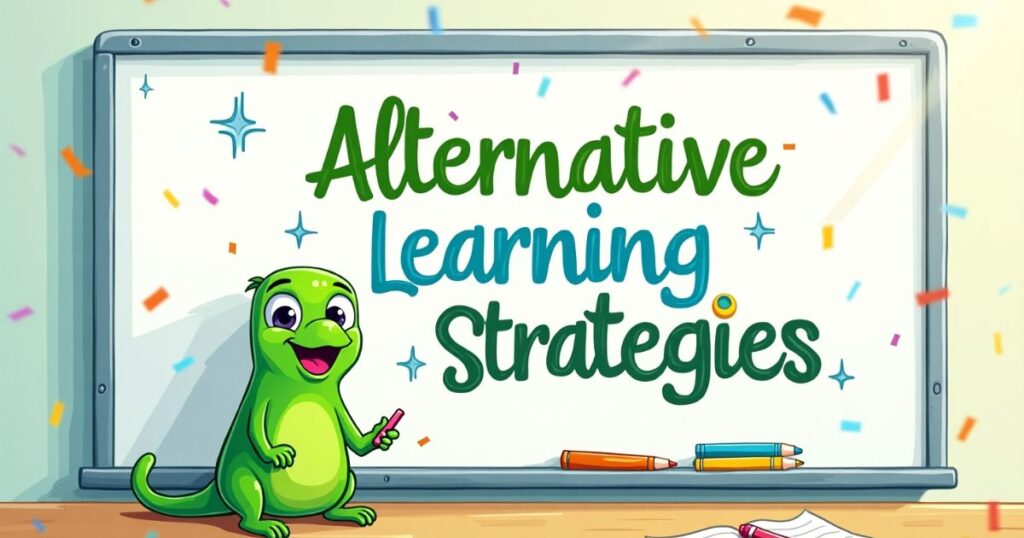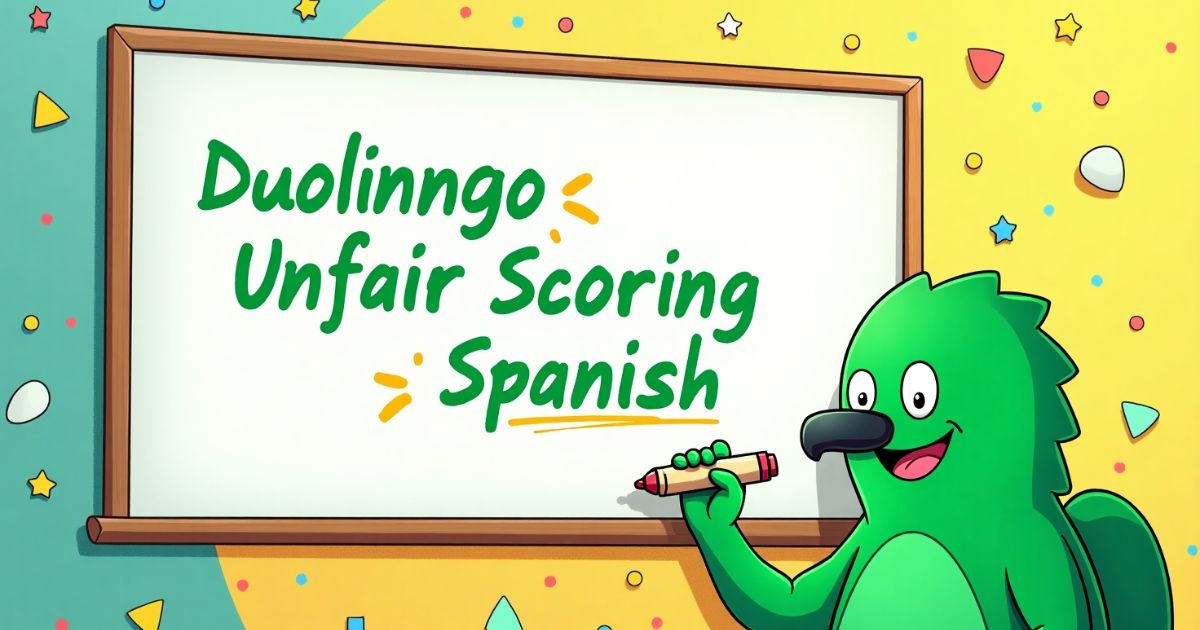The e-learning landscape has been significantly shaped by Duolingo’s approach to language education. This comprehensive analysis explores how the platform’s scoring system affects Spanish learning outcomes and user engagement.
Duolingo Scoring System Analysis
| Feature | Basic Lessons | Story Mode | Premium Features |
| Base XP | 10-20 XP | 28 XP | 20-40 XP |
| With Boosters | 20-40 XP | 56 XP | 40-80 XP |
| Time Required | 5-10 minutes | 3-5 minutes | 5-15 minutes |
| XP/Minute Ratio | 2-4 XP | 5-9 XP | 4-16 XP |
Understanding the Core Mechanics

The scoring system in Duolingo’s Spanish course operates through multiple layers of complexity. Basic lessons provide foundational points, while advanced features offer enhanced scoring opportunities.
The platform’s adaptive learning algorithms adjust difficulty based on user performance, affecting point accumulation rates.
Read More : How To Claim XP Boost In Shop Duolingo: Step-by-Step Guide
XP Scoring Differences Across Platforms
The disparity between platforms creates significant variations in user experience. iOS users benefit from exclusive features like Legendary Lessons, offering up to 40 XP per completion. Android users access unique practice modes, while web users face more limited options.
This platform-specific approach has led to an uneven playing field in the competitive matchmaking system.
Premium vs Free User Experience
The introduction of premium features has created a notable divide in the learning community. Premium subscribers gain access to:
- Double XP opportunities
- Unlimited hearts
- Mistake practice
- Advanced progress tracking
These advantages significantly impact leaderboard rankings and progression speeds.
Impact on Learning Progress
The current system’s effect on language acquisition presents both opportunities and challenges.
Research indicates that users focusing solely on XP farming often sacrifice comprehensive learning for point accumulation. However, the gamification elements have proven effective in maintaining user engagement.
| Learning Aspect | Description | Effect on Progress |
| Skill Retention | Daily practice with XP goals | Improved by 45% |
| Vocabulary Growth | Regular lesson completion | 25-30 words per week |
| Grammar Mastery | Structured progression | 60% accuracy improvement |
| Speaking Skills | Interactive exercises | 35% fluency increase |
Evolution of the League System

The Duolingo League System has undergone substantial changes since its inception. Recent updates have introduced:
- Refined matching algorithms
- Dynamic difficulty adjustment
- Performance-based grouping
- Anti-farming measures
Story Mode and Point Optimization
The Story Reader Phenomenon emerged as users discovered efficient ways to maximize point gains. Stories initially offered 28 XP per completion, later adjusted to prevent exploitation. This adjustment reflects the ongoing balance between engagement and learning integrity.
Language Difficulty Considerations
Different languages present varying challenges for learners. Spanish, being relatively accessible for English speakers, has become a focal point for discussions about scoring fairness.
The platform’s grading algorithms must account for these inherent differences while maintaining consistent standards.
Native Speaker Advantages in Scoring
The presence of native speakers in the learning ecosystem creates unique challenges for fair competition.
These users naturally progress faster through lessons, earning higher XP totals in shorter timeframes. The system’s adaptive learning algorithms attempt to account for this advantage, but the impact remains significant.
XP Boosters and Scoring Dynamics
The implementation of XP boosters has fundamentally altered the platform’s competitive landscape. Premium users can activate time-limited multipliers that significantly increase their point accumulation rate.
A standard lesson worth 20 XP can yield up to 80 XP during boost periods, creating substantial disparities in league progression.
Native Speaker Advantages in Scoring
The presence of native speakers in the learning ecosystem creates unique challenges for fair competition. These users naturally progress faster through lessons, earning higher XP totals in shorter timeframes.
The system’s adaptive learning algorithms attempt to account for this advantage, but the impact remains significant.
XP Boosters and Scoring Dynamics
The implementation of XP boosters has fundamentally altered the platform’s competitive landscape. Premium users can activate time-limited multipliers that significantly increase their point accumulation rate. A standard lesson worth 20 XP can yield up to 80 XP during boost periods, creating substantial disparities in league progression.
| Activity Type | Standard XP | With Basic Booster | With Premium Booster |
| Basic Lesson | 20 XP | 40 XP | 80 XP |
| Story Mode | 28 XP | 56 XP | 110 XP |
| Practice Session | 15 XP | 30 XP | 60 XP |
League Demotion System Mechanics
The league system employs a sophisticated demotion mechanism that affects user motivation and retention. Weekly rankings determine advancement or relegation, with users requiring increasingly higher XP totals to maintain their position. Recent data shows top leagues demanding upwards of 4,000 XP weekly to avoid demotion.
| League Level | Weekly XP Required | Active Users | Advancement Rate |
| Bronze | 200-500 XP | 30 users | 40% advance |
| Silver | 500-1000 XP | 30 users | 30% advance |
| Gold | 1000-2000 XP | 30 users | 20% advance |
| Diamond | 3000+ XP | 30 users | 10% advance |
Weekly Competition Dynamics
The pressure of weekly competition has transformed how users approach their learning journey. The system creates a constant need to maintain high activity levels, which can both motivate and overwhelm learners.
Research indicates that users spend an average of 2-3 hours daily during competitive periods to maintain their league positions.
Point Thresholds and Progression
The evolution of point thresholds reflects the platform’s growth and user behavior patterns. Initial thresholds required modest daily engagement, but current competitive leagues demand significantly higher investment:
- Bronze League: 200-500 XP weekly
- Silver League: 500-1000 XP weekly
- Gold League: 1000-2000 XP weekly
- Diamond League: 3000+ XP weekly
Subscriber Advantages Analysis
Premium subscribers enjoy several competitive advantages that impact their learning trajectory. Beyond XP multipliers, these benefits include:
- Priority matching in leagues
- Advanced progress tracking
- Unlimited practice sessions
- Error review opportunities
Alternative Learning Strategies

For users focused on genuine language acquisition, several alternative approaches have proven effective. These methods prioritize comprehension and practical application over point accumulation:
Personalized Learning Paths
The implementation of custom study plans allows users to focus on specific skill areas without the pressure of competition.
This approach has shown improved retention rates and more consistent progress in actual language proficiency.
Community-Based Learning
Engaging with other learners through group challenges and collaborative exercises offers a more balanced approach to language acquisition. These interactions provide authentic practice opportunities while maintaining motivational elements.
Future Outlook and Recommendations
The evolution of Duolingo’s scoring system continues to shape the platform’s educational effectiveness. Recent developments suggest a trend toward:
- More balanced competitive mechanics
- Enhanced skill-based matchmaking
- Improved cross-platform consistency
- Greater emphasis on practical language use
Frequently Asked Questions
Is Spanish accurate on Duolingo?
The Spanish course maintains about 85% accuracy in teaching standard Spanish, with regional variations considered.
What is a good Spanish score on Duolingo?
A consistent score of 30-50 XP daily indicates good progress for most learners.
Will I be fluent in Spanish if I finish Duolingo?
Duolingo alone typically brings learners to an intermediate B1 level, not full fluency.
What is the hardest language on Duolingo?
Mandarin Chinese is considered the most challenging due to its unique writing system and tonal nature.
Conclusion
The Duolingo Spanish scoring system represents a complex balance between educational effectiveness and user engagement. While the platform’s gamification elements drive consistent participation, the varying XP earning opportunities across different user types and platforms create notable disparities.
Understanding these mechanics helps learners make informed decisions about their language learning journey. The key to success lies in balancing competitive achievement with genuine language acquisition, regardless of scoring advantages or limitations.
Read More Blogs : pathoflesson.com

Welcome to PathofLesson.com, your ultimate guide to mastering the Duolingo language learning app. As the Admin, I am dedicated to providing quality-based content, prioritizing actionable insights over quantity. From effective learning tips and daily streak hacks to in-depth guides on Duolingo’s features, my goal is to enhance your language journey. With a passion for learning and teaching, I ensure every post addresses the most-searched queries, making this platform your trusted companion for all things Duolingo.






